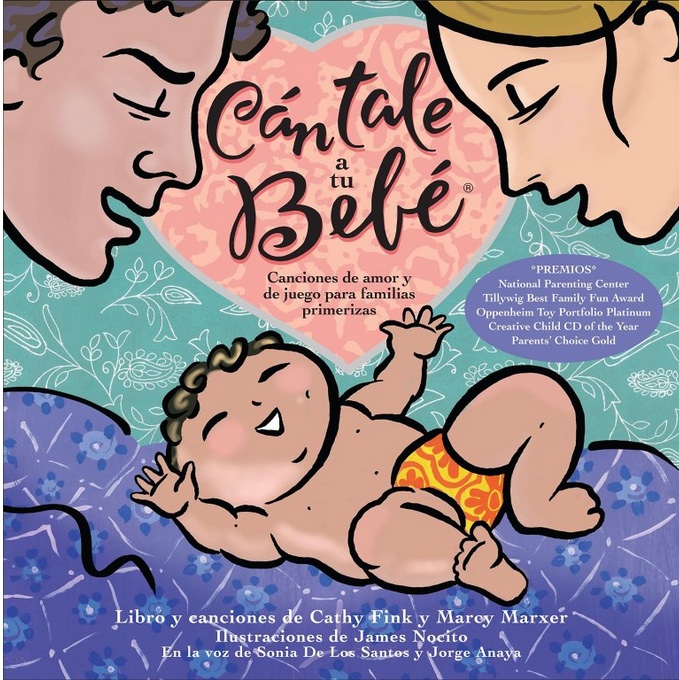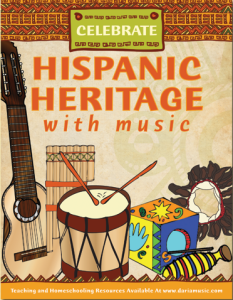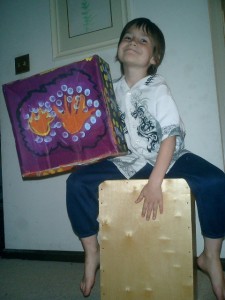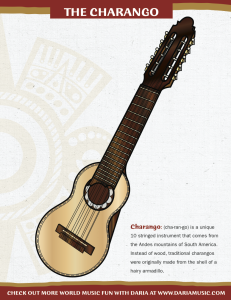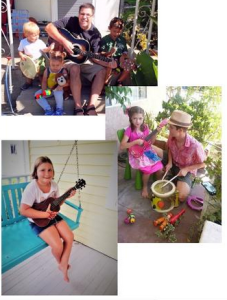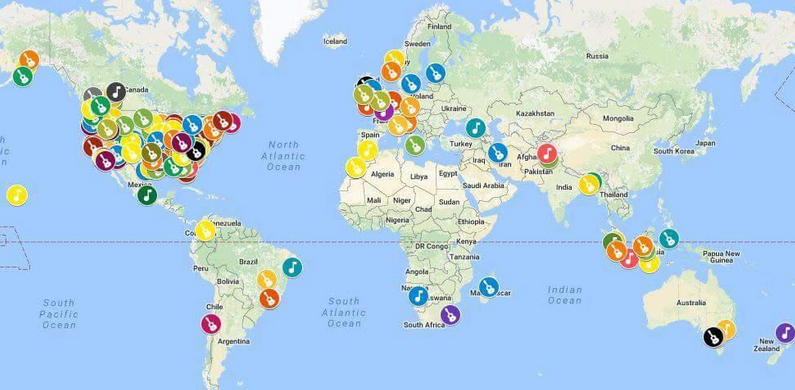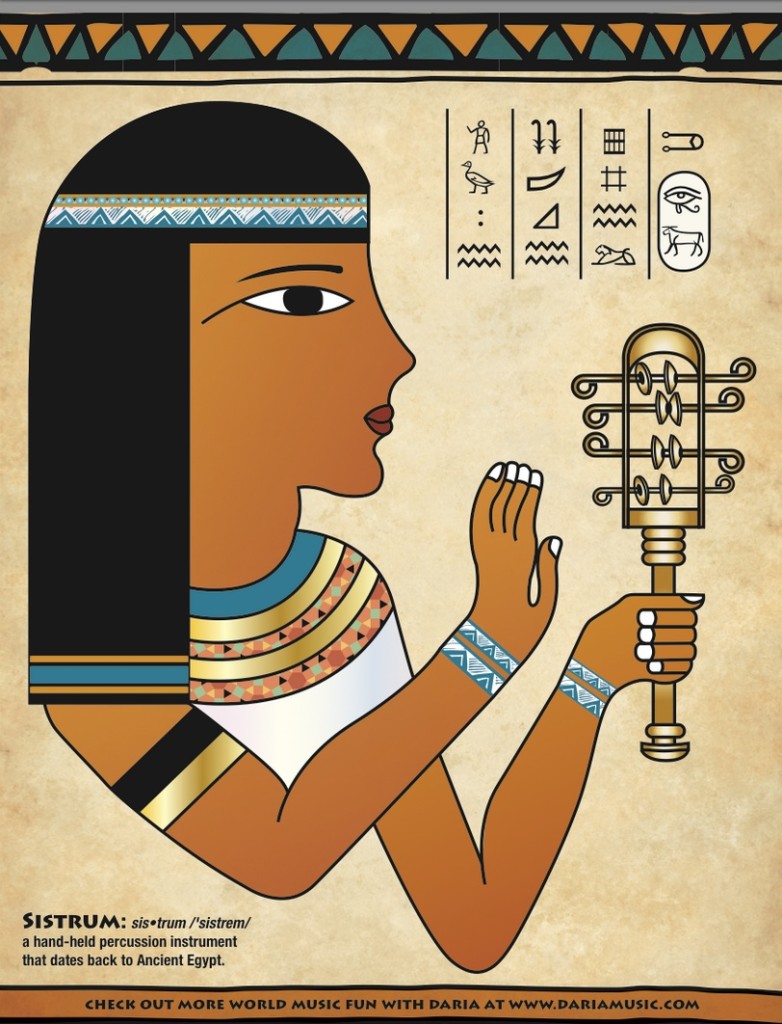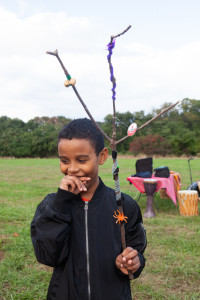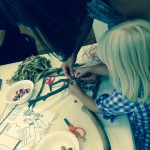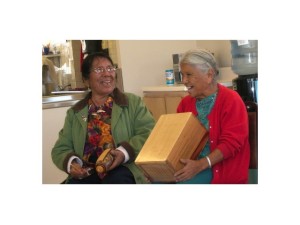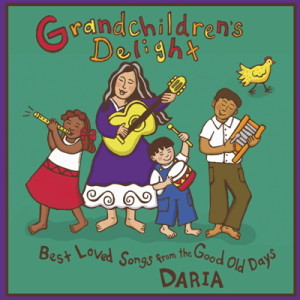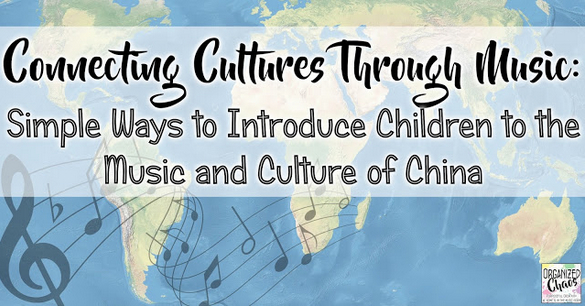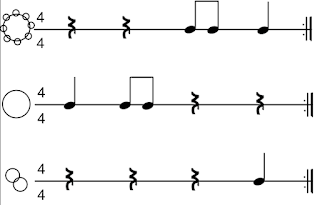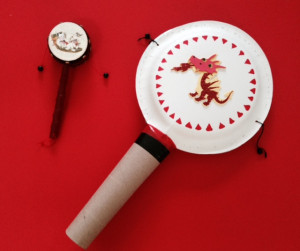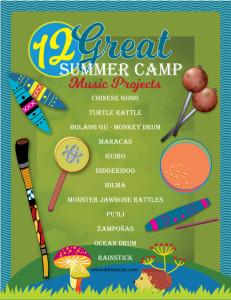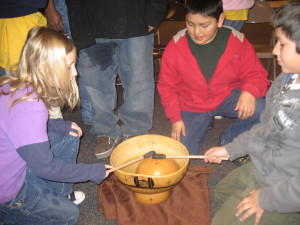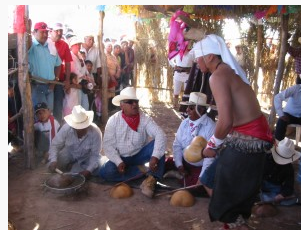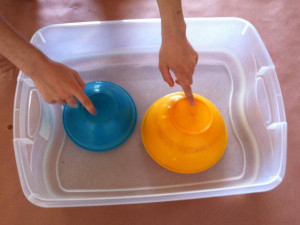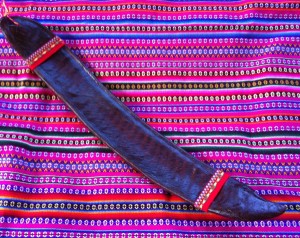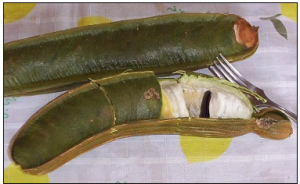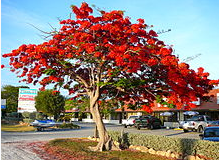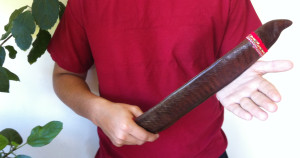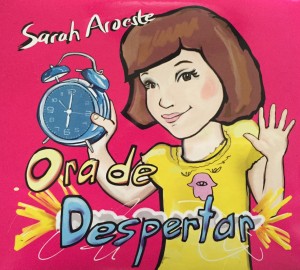 A while ago we did a post about kids music in the Ladino language, a beautiful mixture of (mainly) Spanish and Hebrew by acclaimed artist, Sarah Aroeste. Now we’re excited to do an encore post as well as a give away a copy of the cd- “Ora de Despertar” (Time To Get Up!).
A while ago we did a post about kids music in the Ladino language, a beautiful mixture of (mainly) Spanish and Hebrew by acclaimed artist, Sarah Aroeste. Now we’re excited to do an encore post as well as a give away a copy of the cd- “Ora de Despertar” (Time To Get Up!).
Want to learn more? Check out this background info before you head down to the give-away and enter to win!
You’ll love adding this cd to your collection of multicultural music for kids.
What is Ladino?
We love Sarah’s descritpion of the background and roots of the Ladino language:
“(Ladino is) the Judeo-Spanish dialect that originated by Spanish Jews after their expulsion from Spain in 1492. Those who left Spain, including Aroeste’s family, carried the medieval language with them to the various points where they later settled, primarily along the Mediterranean coast and North Africa. In time, Ladino came to absorb bits and pieces of languages all along the Mediterranean coast, including some Greek, Turkish, Portuguese, French, Italian, Hebrew, and more.”
Who is Sarah Aroeste?
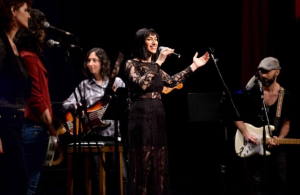 Sarah grew up influenced by her family’s Sephardic roots in Greece and Macedonia and has spent the last two decades bringing her contemporary style of original and traditional Ladino music to audiences around the world. You can read about her efforts to preserve and create modern Ladino music in her bio, here: http://www.saraharoeste.com/bio/
Sarah grew up influenced by her family’s Sephardic roots in Greece and Macedonia and has spent the last two decades bringing her contemporary style of original and traditional Ladino music to audiences around the world. You can read about her efforts to preserve and create modern Ladino music in her bio, here: http://www.saraharoeste.com/bio/
What’s on the CD?
There are 12 original songs written in Ladino by Sarah that appeal to kids on topics like the family, foods, going to sleep, parts of the body, growing up and just being silly! Her interview below includes links to a free teaching guide, songbook and animated cartoon series that make this CD even more enriching as a music and language experience.
Why listen to bilingual music with your child?
So many studies have shown the benefits of bilingualism, especially when introduced to young children. Music is a fun way to “go bilingual” because everyone can listen, clap, and interact with the songs in a way that feels like pure fun while the brain is absorbing new sounds, words and concepts. Songs are easy to enjoy and remember, so music is a great medium for instrodcuing and new language to a child.
Is it amazing and beautiful? Will you love the cd?
Absolutely. And you can enter to win below. If you can’t wait to see if you win, there are purchase links and social media links for Sarah below. Good luck!
a Rafflecopter giveaway
Links and Resources
Sarah’s Guest Post About Her CD – Includes links to teaching guide, songbook and animated Cartoon Series – http://www.tinytappingtoes.com/babies-and-music/sing-a-song-in-the-ladino-language/
Sarah’s Website – Available in English, Spanish + Hebrew www.saraharoeste.com
Sarah’s Store – http://www.saraharoeste.com/store/

